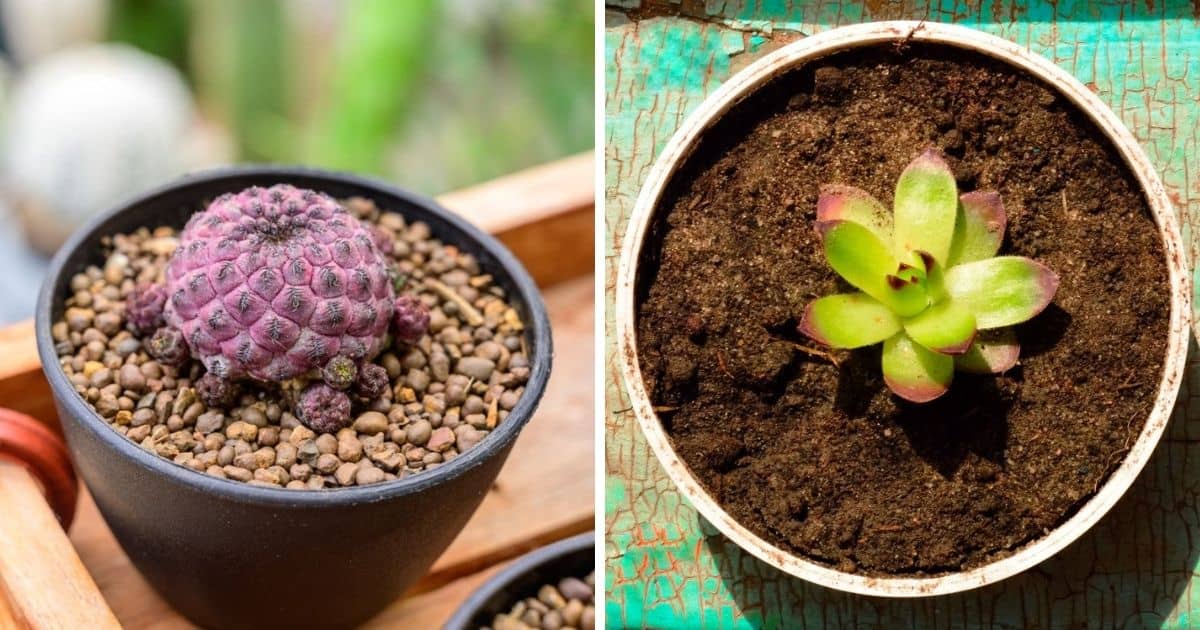
As far as succulents are concerned, there are two main types of succulent substrate: soil and grit. The line between them can (and often does) blur, but it's important to know the difference.
In this article we compare and contrast the two types of substrate, as well as take a close look at the two best examples of each that are available on the market today!
Related Article: Succulent Taxonomy
Jump to:
What is soil?
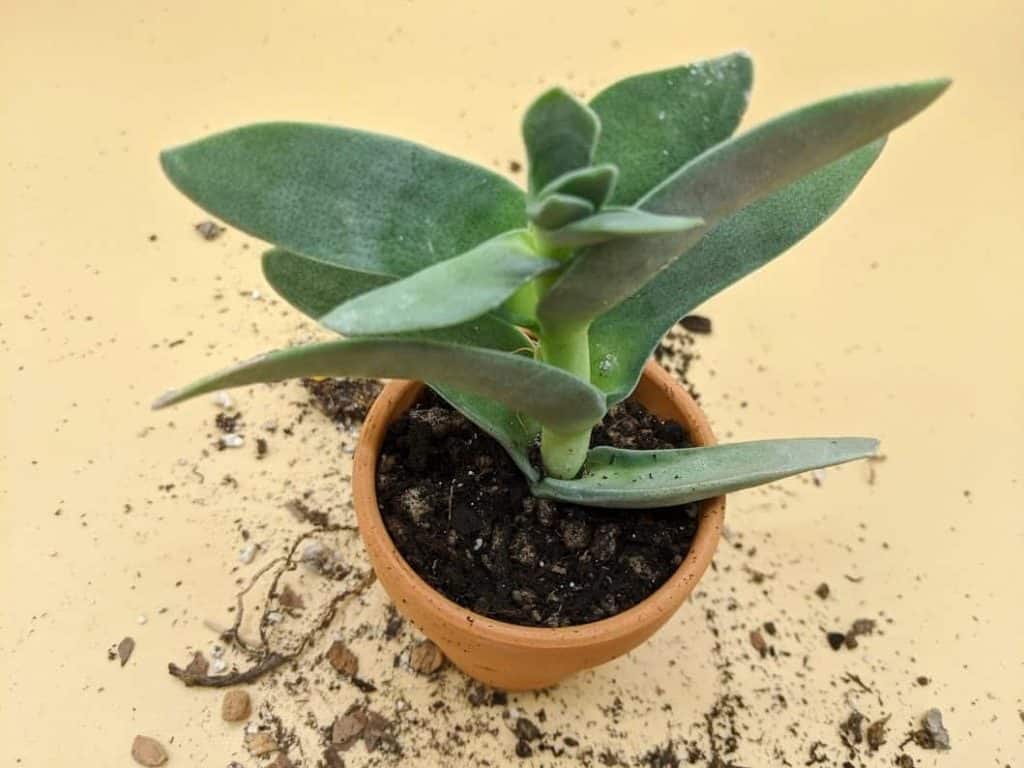
Soil is a mixture of degraded rock, clay, and decayed organic matter. The organic matter (sometimes referred to as just OM) is the important part of that recipe. Organic matter holds nutrients, of course, which all plants need, but it also holds water.
Why does organic matter hold water? Water has both cohesive and adhesive properties. It likes to stick to itself and it likes to stick to other things, and from those two properties we get phenomena like capillary action and surface tension.
Decaying organic matter tends to have a lot of surface area for water to cling to. Organic matter also tends to be electronegative (essentially, it has a faint electric charge). Water LOVES to stick to polar and electronegative things since it is strongly polar itself.
Sorry for the chemistry tangent. Soil has dead stuff in it, and dead stuff holds water. For most plants, that's a good thing.
What is a gritty mix?
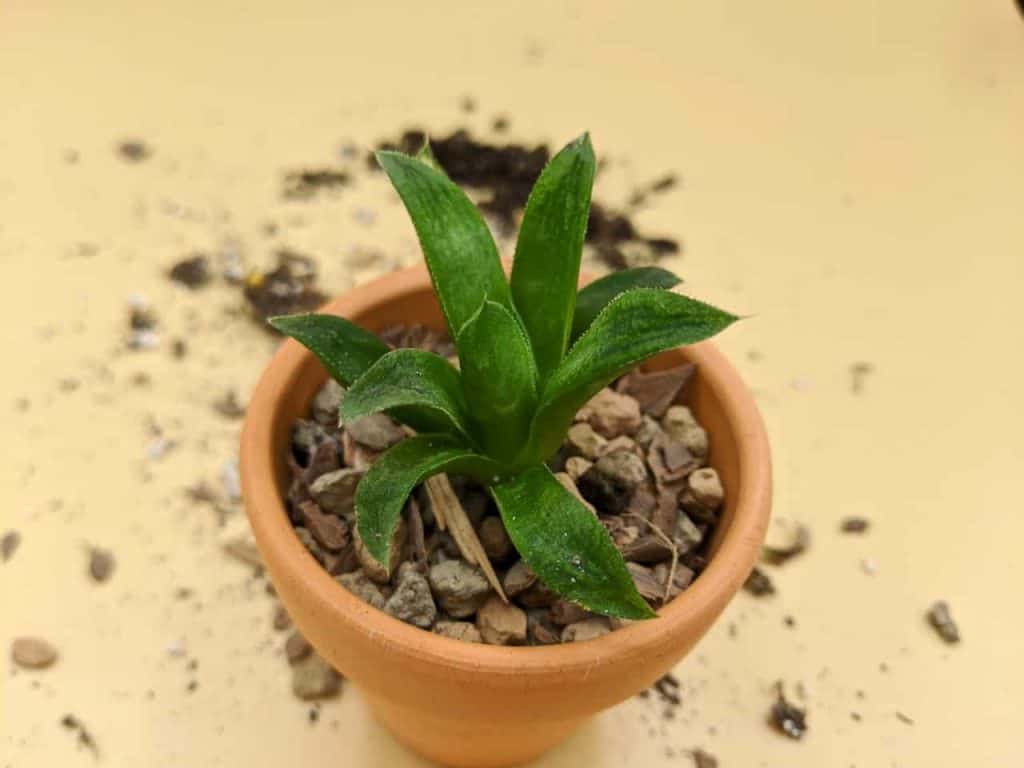
Gritty mix isn't a scientific term like soil, it's a commercial term for a horticultural substrate with little or no organic matter. A typical gritty mix will have ingredients like:
- decomposed granite
- Turface (calcine clay)
- expanded clay
- pine bark
- chicken grit
- pumice
- perlite
Of all the things in that list, the only organic matter is pine bark. And anyone who is familiar with pine bark knows that it is more rock than plant.
Gritty mixes are supremely well-draining. Not only is the average particle size very large (so it doesn't compact and has lower relative surface area for water to cling to), but pretty much every ingredient is inorganic so water doesn't feel compelled to stick around. The large gaps between particles ensure there is lots of airflow and it dries out quick.
Is Succulent Soil or Gritty Mix Better for Succulents and Cacti?
As you might have guessed, the answer is "it depends". Here are some factors that influence the best substrate for your fat plants:
- their water needs
- your watering habits
- humidity
- intensity of light
- airflow
No products found.
"Succulent" is a term that encompasses a huge variety of plants, so their needs vary a fair bit. Some succulents, like Kalanchoe for example, like a lot of water. There are succulents that don't mind being damp for a while, like many of the trailing succulents and most Sansevieria and Crassula.
On the flip side, we're all familiar with the succulents that threaten to keel over at the mere thought of water. Lithops are perhaps the most famous example, but you have to be careful with many species of Haworthia and lots of cacti too.
Here's a very scientific scale I made to give you a frame of reference for how well different substrates drain. Plants that like it a little wetter will prefer a substrate that's more to the left side; most succulents and cacti start somewhere on the right half.

So even though we're comparing (a great) succulent soil and gritty mix in this article, the truth is that they are both on the same end of the spectrum. Both products we discuss drain water much better than average.
A Review of the Best Succulent Gritty Mix: Bonsai Jack
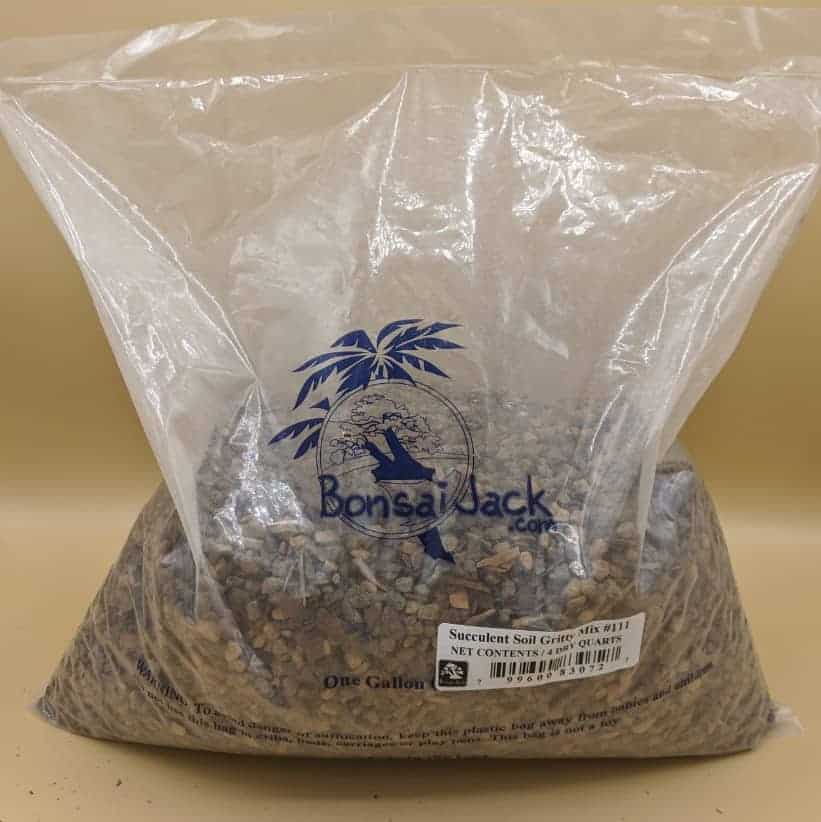
No joke, I'm in love with it.
Have you ever seen those pretty succulent pictures on Instagram or Pinterest, but the thing that draws your eye most is how nice the substrate is? You can tell it's not just top dressing because the plant looks vibrant and healthy.
That's what Bonsai Jack is.
It feels like a bespoke plant supply in the same way a badger hair shaving brush and shaving soap make you feel as suave as James Bond. When you pour water over it, there's a soft hiss as the water runs through to the bottom of the pot. It's aesthetic and satisfying.
More importantly, though, Bonsai Jack is very effective. It dries out in a matter of minutes, so root rot hasn't even crossed my mind since I started using it. Since the succulents are only moist for a moment, gritty mix has the hidden bonus effect of giving you leeway to water succulents more often... which means they grow faster.
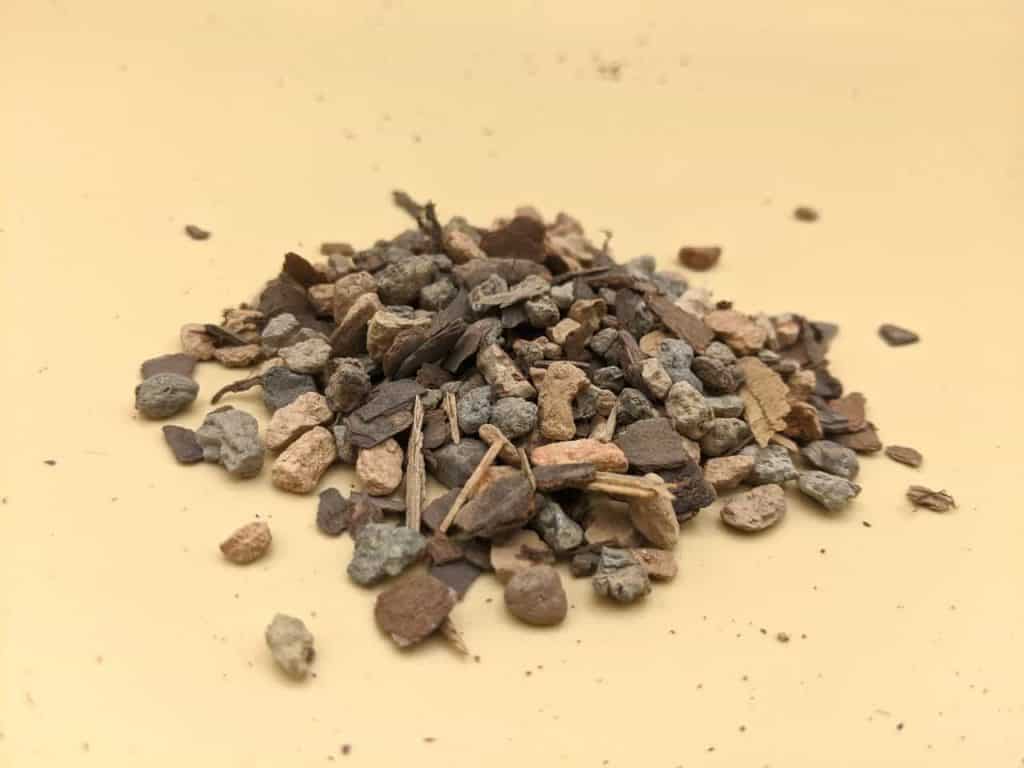
There are other gritty mixes out there. Akadama is a popular one, primarily used by bonsai practitioners, but it costs about a million dollars. Bonsai Jack is far-and-away the most popular gritty mix for succulents because it is affordable and effective.
I would highly recommend it for your drier succulents and cacti. It's honestly been a game-changer.
A Review of the Best Succulent Soil: Black Gold
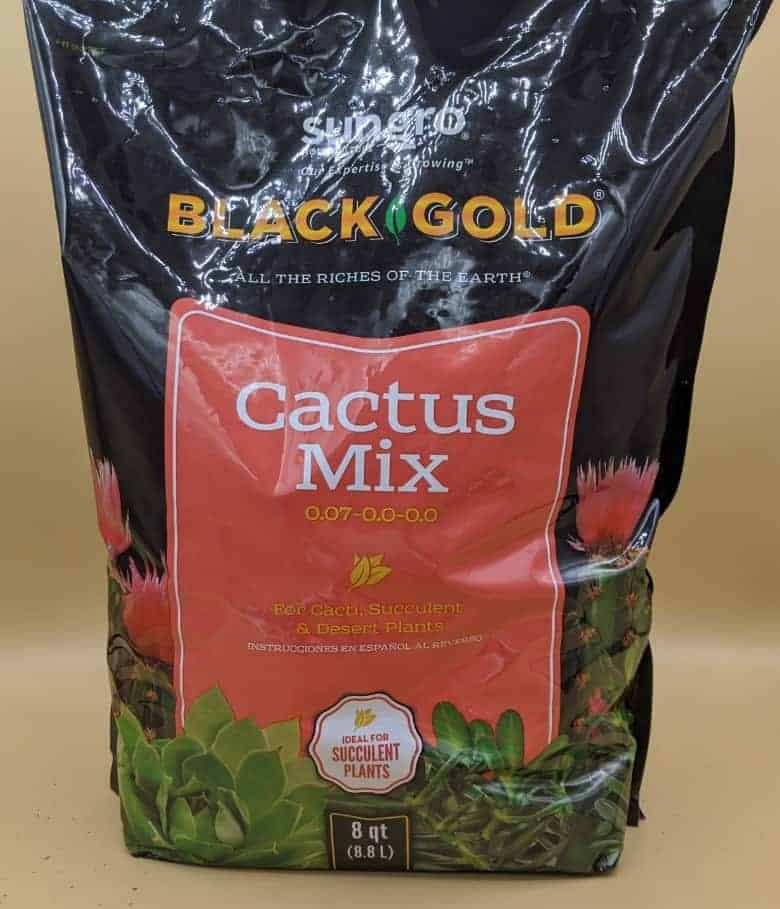
Having purchased a variety of commercially-available substrates labeled "succulent soil", I didn't have high expectations for this one. In my experience, they tend to be regular potting soil with a little extra perlite, hardly anything to phone home about.
That is not the case with Black Gold.
It turns out there's a reason why everyone raves about it. It's truly a cut above the competitors. There's a pretty fine line to walk between "too much organic matter" and "too much inorganic matter", but this succulent substrate nails it.
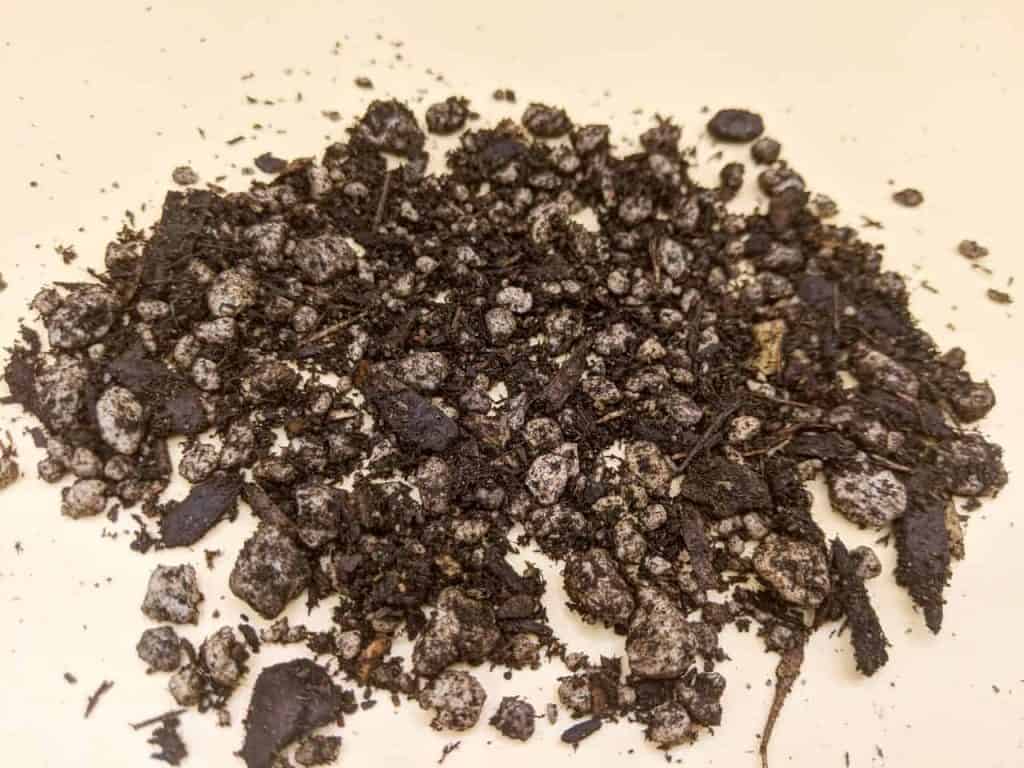
The first thing you'll notice is that it's a dark, rich-soil with a generous helping of inorganic chunks. Almost half of the mix is perlite or pumice; a further third is the same pine bark used in gritty mixes. The remainder is a mixture of compost, worm castings, and other fertilizer.
It does hold moisture for about a day or so in my experience. That's not bad, and the trade-off is a nutrient-rich substrate that accelerates plant growth (and greatly reduces the need for fertilizer). My slightly wetter succulents, Kalanchoe mostly, love the stuff.
Sun Gro's Black Gold Cactus Mix is overall the best succulent soil out there, no contest.
Conclusion: Match Your Substrate to Your Plant
It's not the answer you wanted to hear, but it's the truth. There's no silver bullet for succulent soil. Every plant has specific needs and you can't really hone in on them until you've had some practice caring for it.
That being said... it would be hard to go wrong with either of the two substrates reviewed here. Both of them will make it practically impossible to overwater your succulents. You can also make your own approximation of these at home using the ingredients mentioned!
Want more soil recommendations? Here's our list of best succulent soils, and this is the ultimate guide on everything you'd ever need to know about dirt and fat plants.


Sofia
Quick question about moving succulents from one substrate to another, specifically from good ol' Miracle Grow Succulent & Cactus Mix to Bonsai Jack gritty mix: can succulents experience a bit of shock when being transferred to a totally different type of substrate?
I've had great luck with moving most of my succulents from Miracle Grow to Bonsai Jack, but I have a little Sedum rupestre that has leaves drying up left and right, even though I've been watering it much more frequently than when it was in soil. Is it possible that its roots are having trouble adapting to the gritty mix? Or maybe that the gritty mix isn't so great for this plant?
Thanks in advance!
Patrick Grubbs
Your intuition is exactly correct. Plants experience shock anytime they're repotted, but when the substrate is so drastically different, the effect is much more pronounced.
Your Sedum probably just needs more moisture. The Sedum in my house I chose to put in the Black Gold Mix instead, since it holds a little more water.
Jeanine
Hi there! I just purchased some new Stapelias and wanted to plant them in bonsai jacks gritty mix. I’ve had luck planting my other Stapelias in potting soil amended with perlite but I water very infrequently. I managed to kill an edithcolea grandis (Close relative of Stapelias) in less than a week with my usual soil even with extra perlite. Hence, my desire to move over to the gritty mix! of Do you have any experience with Stapelias in the gritty mix? Thanks!
Patrick Grubbs
My experience has been pretty similar to yours. I actually put my Stapelia schniederiana into the Black Gold Mix rather than the Bonsai Jack because they seem to not mind the moisture all that much. I think Bonsai jack may be just a tad too dry for them.
Austin Collins
I have been struggling with bonsai jack. I live in Texas zone 8b and right now with summer weather it seems like I would have to water my succulents every day. I bought a decent number during this pandemic time and have held off on planting the rest in the mix due to the heat. Would leveraging the Black Gold be a better option?
Also wondering to use this mix indoors as well. I have a Small portion of a burrito tail that was outdoors in tera cotta small pot with bonsai jack and noticed it shriveling so I brought it indoors. I’ve been trying to get it plump again but even watering each day it’s still not getting there.
I likes the idea of bonsai jack to help me not overwater but it seems I’m having trouble help!
Also I have a pencil cactus that needs repotting. It’s top heavy and the pot and mix is very loose it came in from nursery. I bought some stakes to tie it to and am thinking of repotting with maybe Black Gold.
Do you agree?
With large pots do you fill the entire pot with the mix? Seems like a waste of the mix if the root system won’t reach the entire portion of the pot.
thanks in advance for all your help!
Patrick Grubbs
It's pretty normal to have to water your succulents daily if they're outdoors in the summer. I wouldn't let that prevent you from planting them, just keep them extra moist for the first few days.
Both succulent mixes will work indoors and outdoors, though they were designed for potted plants.
If you can't get a succulent to plump back up, don't be afraid to unpot it and bathe it in water for a couple days.
Some people fill the bottom of large pots with packing peanuts or empty water bottles, but you have to keep in mind that a.) your pot is now top heavy and b.) water is staying closer to the roots of the plants, which could lead to root rot.
Shelly Macias
I’m using 100% Bonsai Jack with my rare Haworthia’s. Would it be okay to mix it with earthworm castings to ensure my Haworthia’s are getting the nutrition they need?
Also, the bottom leaves of my Haworthia’s are drying up and dying. I currently water once every two weeks. Should I be watering my Haworthia’s more often with Bonsai Jack?
Thanks so much.